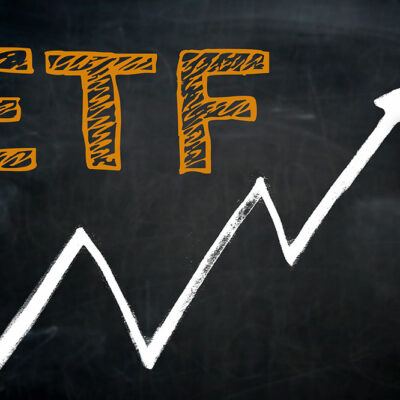
10 exciting fitness trackers deals to look out for this Cyber Monday
There is no arguing that high-tech fitness wearables can occasionally be expensive, but at the same time, they can also help you track your fitness goals. The fitness trackers collect data and convert it into steps taken, calories burnt, the quality of your sleep, and the total amount of activity you engage in during the day. To get a perfect deal, look into our Top 10 Best 2022 Cyber Monday Fitness Trackers Deals.
Apple Watch SE
If you are an iPhone user, Apple Watch SE is, without a doubt, the most cost-effective model. It has a clear display, a premium design, and OLED technology. Fitness features include daily workout memory, heart rate, total steps, average speed, calories burned, and more. During the Cyber Monday deals, the price would be around $240 or less.
Apple Watch Series 6
The Apple Watch Series 6 comes with a high-tech new sensor and enables you to test your blood oxygen level and take an ECG from your wrist. You can view your fitness metrics on the improved Always-On Retina display. This series 6 watch helps you track sleep, set a bedtime routine, and respond to calls and messages on your wrist. In this deal, you can get an Apple watch series 6 for just $300 or less.
Apple Watch Series 7
The Apple Watch Series 7 has three font sizes, a larger screen, and 2X faster charging times—potential game changers for people with low vision. It also has a QWERTY keyboard for text input. Get it for just $380 on Cyber Monday deals!
Fitbit Inspire 2
Fitbit Inspire 2 helps you monitor your steps, distance traveled, hourly activity, and burned calories. With this, enjoy a battery life of 10 days. It has an operating altitude of 28,000 ft. On the Cyber Monday Deals, you can get it at just $60 on Amazon, Target, and Best Buy.
Fitbit Versa 3
A scaled-down version of the Fitbit Sense is the Fitbit Versa 3. Some features include built-in GPS, reliable health monitoring, Google Assistant and Alexa support, and a speaker with support for phone calls. With the deal, you can get it for $180 or less.
Samsung Galaxy Watch 4
The Samsung Galaxy Watch 4 provides wider app capability. With ECG (only for Samsung phones), heart rate, blood oxygen, GPS, optional LTE, and onboard music storage, it performs well as a fitness tracking tool. Look no further if you’re seeking the greatest Android smartwatch. Get it for just $200 or less in Cyber Monday deals!
Garmin Venu 2
The Garmin Venu 2 provides 11-day battery life, a brilliant AMOLED display, and 5ATM water resistance. In addition to a compass and up to 650 songs’ worth of storage, it contains sensors for GPS, blood oxygen levels, and heart rate. You can monitor activities like sleep and menstrual cycles. The Cyber Monday deal can get you the tracker at just $350 on Target, Amazon, and Garmin.
Garmin Forerunner 245
The Garmin Forerunner 245 can provide in-depth running data paired with an HRM-Pro. It is particularly suitable for runners on a tight budget because they have built-in GPS and live safety features. The Cyber deal will get you one at $200 on Amazon, Target, and Garmin.
Garmin Forerunner 745
Like 245, the whole line of Garmin Forerunner tops in running watches. Although this Forerunner 745 lacks a touchscreen, it offers extensive training statistics and various functions specifically designed for runners. Thanks to GPS, heart-rate monitoring, blood oxygen monitoring, and audio storage for up to 500 songs, it is a competent mate for running, swimming, and cycling. Get it for $400 or less on the deals!
Withings Steel HR
The Withings Steel HR can track up to 36 activities and measure your heart rate and sleep patterns. So, Steel HR is physically and financially desirable if you don’t prefer a bulky and short-lived smartwatch. Get it for just $120 or less on Cyber Monday deals.


